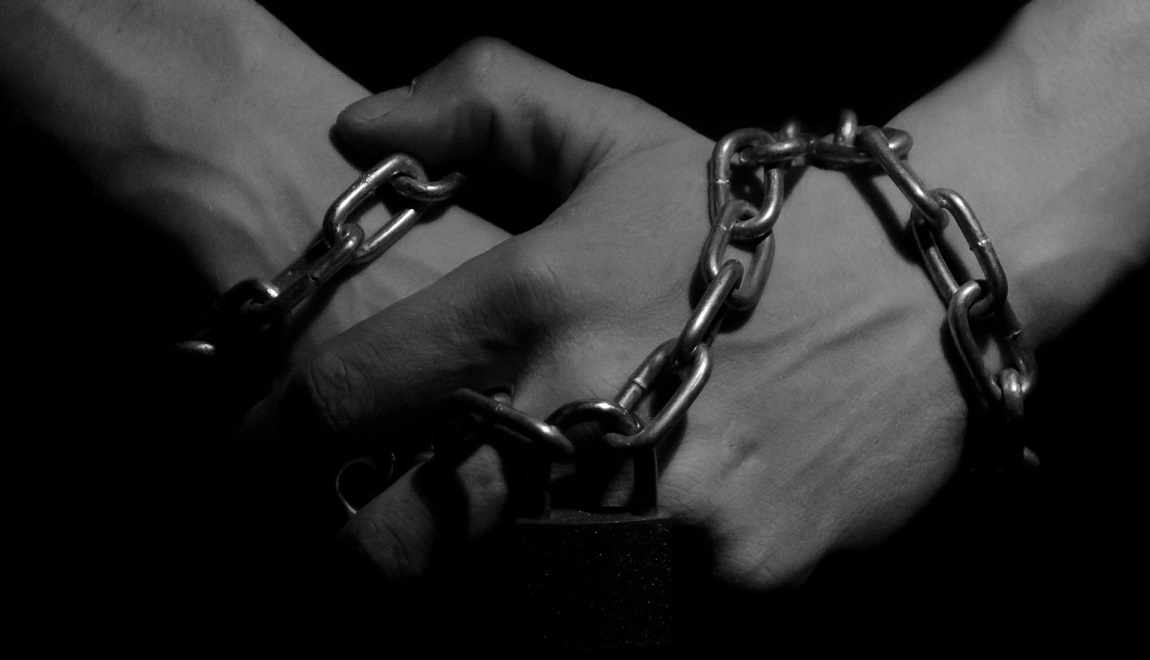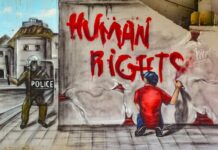Of late, social media has been awash with pictures, videos and warnings about human trafficking. But it isn’t a new problem in South Africa. Human trafficking in South Africa has been alive and well; lurking from plain sight but festering as the demand for cheap labour and sexual services keeps growing. The Daily Vox explains.
What is human trafficking?
Human trafficking is modern-day slavery. It involves recruiting, holding or transporting people into exploitation by using violence, deception or coercion. There are various reasons people can be trafficked for various forms of exploitation like forced labour, forced criminality, forced prostitution, forced marriage, domestic servitude and even forced organ removal.
What is the scale of the trafficking problem in South Africa?
In South Africa, there is a glaring absence of reliable statistics that can tell us how big the problem actually is. However, there is no denying that trafficking is prevalent here. Judging by the number of cases being reported, it seems that the problem is increasing. In fact, the situation could be far more chronic and severe than we know.
Research shows that South Africa is a source, transit and destination country for human trafficking. Trafficking happens internally between provinces, as well as externally across our borders.
South African National Human Trafficking Resource Line stated that the perception of economic prosperity in South Africa lures people from all over Africa and Asia with the promise of “a better life”. “We see many different forms of exploitation here: from forced labour on farms, fishing trawlers, and in domestic servitude to sexual exploitation on the streets and behind closed doors in illegal brothels,” it said.
In South Africa, traffickers target those from economically poorer provinces like the Eastern Cape, the Northern Cape, and the Free State and transport them to big cities like Durban, Johannesburg and Cape Town. Externally, across borders, victims are targeted from countries in the continent that have their own socio-economic and political turmoil.
Themes in South African trafficking include corruption, the paucity of border controls, undocumented cases with either direct or indirect complicity by politicians and the bureaucracy and general impunity. These allow human trafficking to become an attractive business with low risk and high returns.
Why is human trafficking thriving in South Africa?
South Africa’s socio-political and economic context with its poverty, inequality and unemployment, and poor education system makes it a breeding ground for trafficking. Widespread corruption in government departments, law enforcement and border-crossing patrols hinder trafficking prevention initiatives. Measures to fight trafficking cannot be seen in isolation of the structural issues the country faces.
South Africa’s location also makes it easy to travel to and from other countries using boats, planes or the roads.
Besides that, with the lack of information about trafficking there is also a lack of awareness or denial from South Africans about trafficking. This has resulted in deficient support for counter-trafficking initiatives. It also means we as a people are more exposed to traffickers who exploit people seeking work, romantic partners, study and travel opportunities and better lifestyles.
There also isn’t enough lack of funding/ government support for NGOs, law enforcement and government departments who deal with trafficking. Prevention efforts are, as a result, poorly resourced with very few rehabilitation services. Key personnel in the NGO sector and law enforcement agencies are under-resourced and overworked.
Without an official database on human trafficking and crime codes in the police service, we also cannot capture the complexities of each reported incident. Associated human trafficking offences are still recorded as rape, sexual assault, kidnapping, abduction and domestic violence. This is also because of the inability by some police officials to identify trafficking cases.
What steps should be in place to curb human trafficking?
Like with many problems, solving human trafficking needs various stakeholders to cooperate from government, to law enforcement and NGOs.
Irma Cornell Geldenhuys recommends in her 2017 dissertation A Critical Understanding Of The Policing Of Trafficking In Persons that there should be intensification of training in police officials and other role players who identify and police trafficking.
Her dissertation, completed through the University of South Africa, also said police and other role players must be well-versed in which evidence to collect at a crime scene.
Awareness campaigns would also enable community members to identify domestic servitude, street begging, selling of drugs, sexual exploitation and work in the agriculture sector that might involve trafficking, she wrote.
How can we take precautionary measures to protect ourselves and our loved ones?
Here are some precautionary measures you can take at school/work, with children, while you travel and online.
- Schools/ Parents
As parents or teachers, be informed about trafficking and relay the information to your children/ pupils. Give the children dos and don’ts about talking to strangers; develop a safety plan for children when they feel unsafe; be aware of their online activity and know the red flags that indicate that the children are interacting with dangerous strangers.
- Work
When applying for a job abroad: confirm that the organisation offering the job is licensed; have a working visa; make sure your work contract is in a language you speak fluently and don’t sign a contract that you don’t understand fully; keep documents, some money, ID, contact details of the organisation that handles foreign national issues with you at all times and let friends and family know where you are going and staying.
- Travel
Travelling can leave you vulnerable because you aren’t familiar with your surroundings. As with working abroad, keep all your documentation and information at hand and let friends and family know where you are. Avoid sharing too much information with strangers, travelling alone, at night or in dark alleys, getting into cars with people you don’t know and accepting food or drinks from people you don’t know.
- Online
Meeting people you met online should take place in daylight in a busy, central place. Tell someone you trust about the meeting and have a plan in place if something goes wrong. Don’t give out personal information to people you meet online and block people who send you dodgy content. Don’t send pictures of yourself or loved ones to people online – try an keep the visibility of your posts as private as possible.
The South African National Human Trafficking Resource Line is available 24/7. You can call 0800 222 777 to speak with a professional, who is trained to follow international procedures to ensure the fastest response to each case.









